This issue marks a full year of Twig & Ink! I’m delighted to celebrate that milestone with this month’s featured guest, Shirlene Chiam.
It was an absolute pleasure to work with Shirlene as her mentor through the Creature Conserve Mentorship Program. Shirlene’s work focuses on human-wildlife interactions. Based in Singapore, Shirlene has a front-row seat to witness what happens when incredible biodiversity and dense human settlement become intertwined. Her insights, and the various ways she communicates what she’s learned through writing, art, nature walks, presentations, and more, provide a great example for how to help others to make informed decisions about their own interactions with wildlife. Every day, in big and small ways, she makes life better for humans and wildlife alike.
Human-wildlife encounters may be particularly acute in Singapore, but all urban areas have more wild creatures than most of us realize (see, for example, Turning Science Into Action). Continuing to share information and develop innovative solutions to problems that arise will be critical as we move forward.
Interview: Shirlene Chiam
What sort of work do you do?
I am an environmental consultant (marine specialist) at an environmental consultancy in Singapore (Camphora Pte. Ltd.). Our main job consists of conducting Environmental Impact Assessments and developing Environmental Management and Monitoring Plans. We conduct biodiversity baseline studies in natural areas that are set to be developed or enhanced—often the former. Based on our findings, we give recommendations about what should be conserved or retained. Keeping a balance between development and preserving natural areas can be difficult, since Singapore has limited space. During the construction phase, we conduct inspections to point out any potential dangers to flora and fauna, and we also monitor the remaining natural areas.
On the side, I work on several projects regarding animal welfare, human-wildlife coexistence, and increasing awareness of our biodiversity.
What aspect of your work is most important to you?
Being an environmental consultant is exciting to me, as I get to do the groundwork collecting data on the habitat, flora, and fauna. This helps methodically build up a case to help conserve nature, which is important, given the development that is happening. It's challenging, as our recommendations might not always go through, but it helps to have a strong and supportive team with a common goal.
How are science, art, and writing part of your work?
As a consultant, sometimes recommendations in words can only do so much. We have to be mindful of our audience to ensure that we can convey our points clearly. Science communication is so important, and using different media helps make information accessible to everyone. For example, illustrations created by our landscape architects give a better picture of what can actually happen, and can help us push for what we recommend.
Is there a particular environmental problem that feels important to you? What do you do about that?
Previously, I worked as a wildlife management executive at ACRES—an animal welfare organisation in Singapore—where I handled comments from the public regarding their wild animal encounters. ACRES made me realise how prevalent human-wildlife conflicts are here. Due to urban development and fragmented forests, animals have no choice but to forage and seek shelter in our urban spaces, where humans might not be comfortable having them around. I became more determined to help others understand the plight of animals living here.
During my time at ACRES, I was tasked with putting together a coexistence handbook, which I helped edit and design. It showcases the commonly encountered wild animals here in Singapore, what to do (or what not to do) when encountering them, several of ACRES’ rescue stories, and bite-sized fun facts. I loved that we also got the support of so many community photographers who shared their beautiful photos of wildlife here in Singapore that we could use in the book!
I am also working on a children’s book, a project that I started when I was a Creature Conserve Mentee. The book showcases a lone macaque as he journeys through Singapore’s urban matrix and meets several animals and people as he tries to get back to the forest (thanks Lisa for mentoring me!). It’s still a work in progress, and I look forward to expanding it again this year. I chose to work on the long-tailed macaques as it was the species we got the most public comments about.
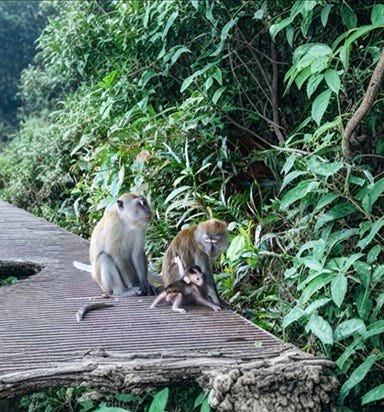
I also realise that many concerns sometimes come from the lack of knowledge and understanding. In my free time, I conduct walks to bring my friends (especially people who have not been exposed to nature much) to natural areas and introduce them to our wildlife!

I’d love to hear more about your personal interest in creating visual art.
I took on watercolour painting as a way to unwind, and since I love animals, I took on the task of painting them. I started by following tutorials online, and now I paint by looking at photos. Painting makes me look at the animals with a different lens. I have come to understand more about their body structure, and the arrangement of their fur, for example. I also started to notice details that I had never noticed before!
How does your knowledge of science influence your artwork?
Dealing with human-wildlife conflicts makes me more aware of how I create visual art and what kind of message it carries. When I take photos of animals, I love to show them in their natural environment (especially for conflict animals) to showcase their natural behavior. For example, with the long-tailed macaques, I would take photos of them interacting with their family members. This shares a different side of them than some of the more negative images that are often portrayed in mainstream media. Likewise, I choose to paint from photographs that showcase the animal's natural behavior, such as this smooth-coated otter below. (Credit to my friend and otter-watcher, Jocelyn Chng, for the source photo!) Smooth-coated otters are known to juggle rocks!
How does your position affect your work?
My work experience at ACRES helped to both shape and shift many of my perspectives on environmental protection, which I have carried over to my current work. I certainly have more compassion and understanding for animals—especially the less charismatic ones—than I used to.
With this, I sometimes struggle between conservation and animal welfare. I know it is impossible to protect everything. There is a thing called compassionate conservation, which aims to bridge the gap between conservation biology and animal welfare ethics. However, I am not sure how this would work in Singapore, with the limited resources we have and the city’s goals. Would some compromises have to be made? I don’t have answers, but it’s something to think about.
What inspires you?
Ms. Anbu (Anbarasi Boopal, Co-CEO of ACRES) inspires me very much! I enjoyed learning from her (still am!) and her stories. She is a tenacious woman and her heart for animals is so, so, huge.
Being a marine biologist, I love molluscs as well, and an animal that I often see on rocky shores is the limpet. These are a type of snail that have a shallow conical shell and a broad muscular foot. They cling to rocks to keep from being washed away by strong waves. In a way, I want to be a limpet, to stay rooted and grounded to the work that I do, even as challenges come along the way.
Thanks so much, Shirlene!
You can learn more about Shirlene and her work here.
Branching Out
Rooted (Stuff I like, maybe slightly off topic):
I will be teaching two classes at Hawk Mountain Sanctuary (in person) as part of their 2024 Winter Artisan Series! On February 3rd, I’ll offer Writing the Sanctuary, and on March 3rd, Art of Trees.
To sign up, and to learn more about these classes and the rest of the series, visit here.
Rounded (Preview of coming attractions):
Happenings at some of my other favorite organizations:
The Highlights Foundation is accepting scholarship applications now through the end of January. This is an amazing opportunity for anyone interested in creating children’s literature. I’d like to draw special attention to the Diversify Science Scholarship, but there are many options for all sorts of creators.
Check out Creature Conserve’s upcoming workshops, and keep an eye out for Apply April (the time to apply for scholarships, the wonderful mentorship program, and more!).
The Wild Wonder Foundation has terrific events and opportunities throughout the year.
Please share this information with others who might be interested!
Reaching (A question for you!):
What’s something you already do or make—that would not require additional training or materials—that could be used to help an animal or some aspect of the natural world?





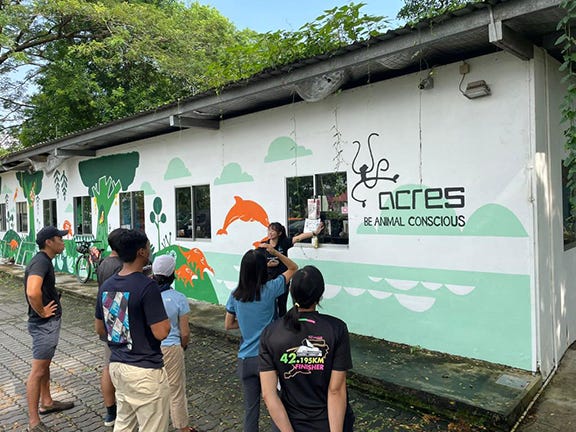

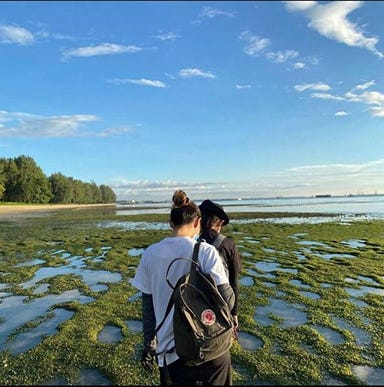


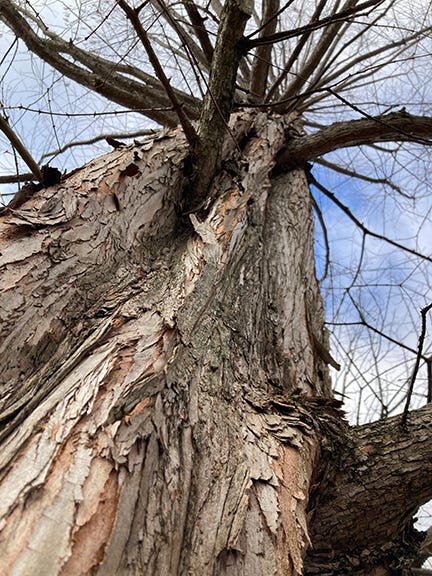
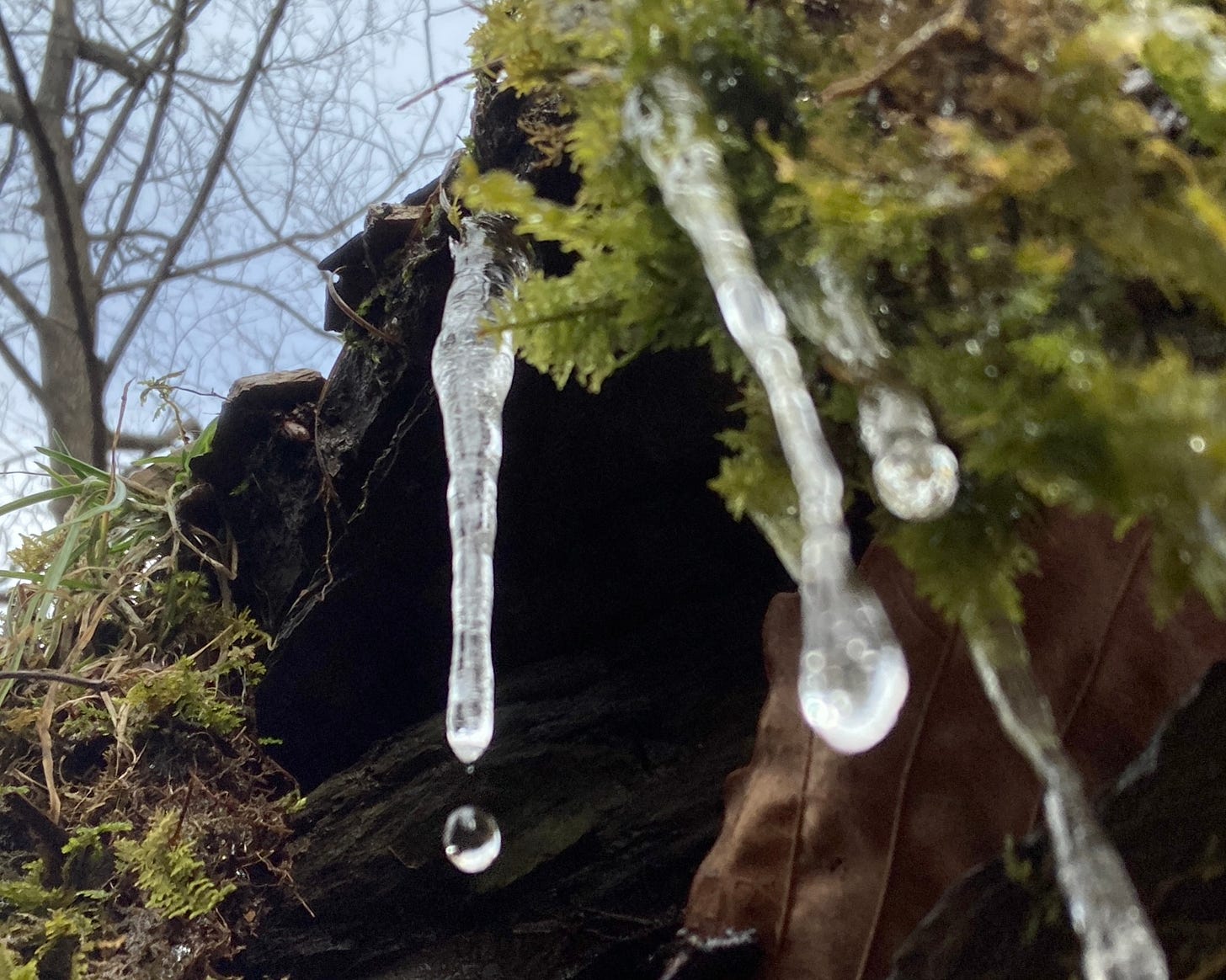
Excellent article, very inspiring piece!